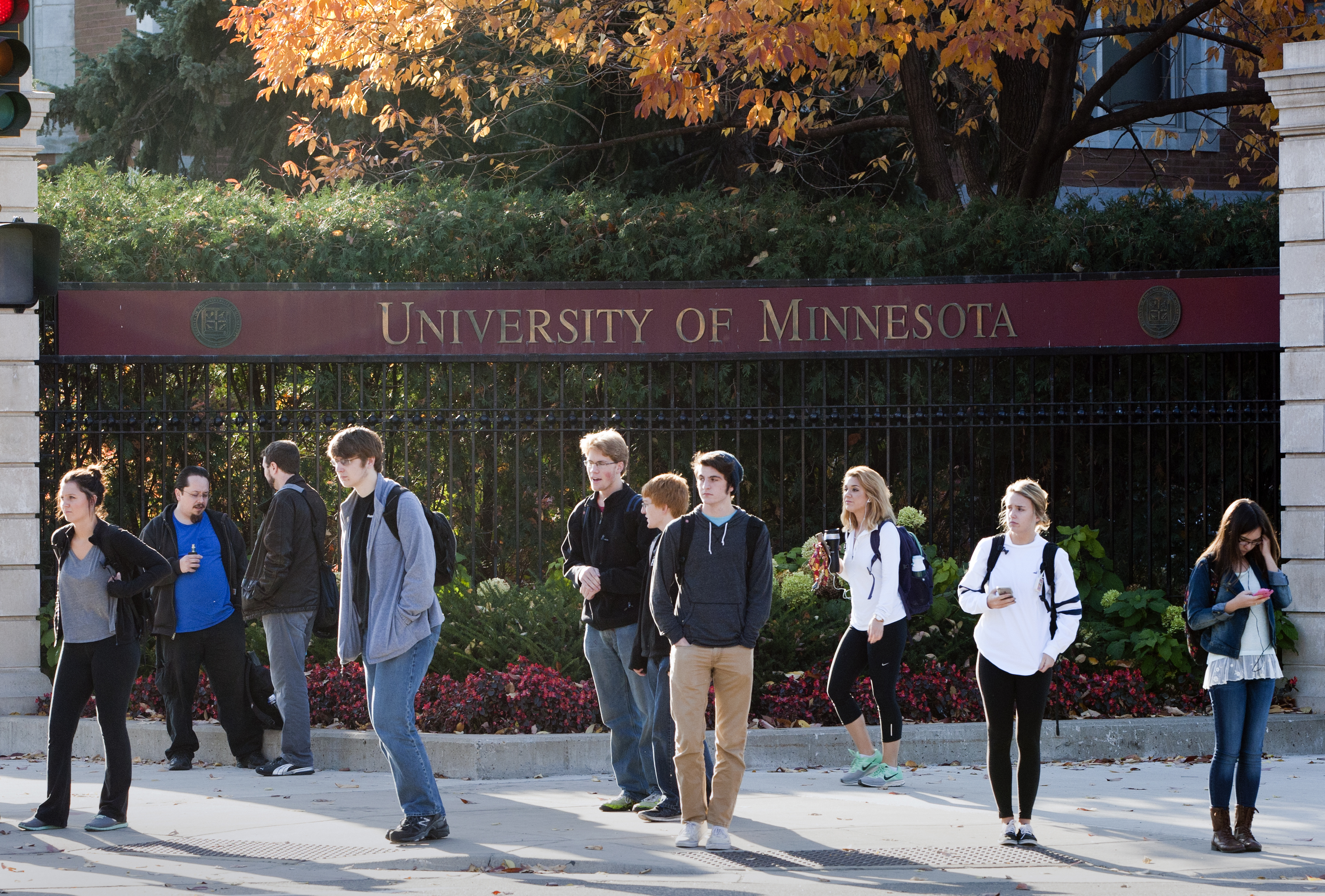U of M leaders make lowest funding request in 20 years

University of Minnesota officials presented the institution’s lowest biennial budget request in over 20 years to the House Higher Education Finance and Policy Committee Tuesday.
President Joan Gabel described the university’s legislative priorities as straightforward and in alignment with its new systemwide strategic plan, MPACT 2025.
“This framework really reflects our priorities, our needs and also our strategic planning underway to keep the University of Minnesota’s land grant research institution active, useful, meaningful, while also being affordable and accessible for all Minnesotans,” she said.
The budget request includes $46.5 million in new funding for the upcoming biennium over the $1.34 billion General Fund base appropriation. The university also made a $264 million capital projects request, which Gabel said focuses on building on last year’s bonding law and driving resources to asset preservation and STEM education.
The largest sum of the capital request, $200 million, would go to Higher Education Asset Preservation and Replacement to improve campus infrastructure. An additional $62.4 million would be used to create a modern teaching laboratory on the Twin Cities campus. The remaining $1.6 million would be used to predesign and design plans to renovate a chemistry building on the Duluth campus.
Noting that the state is facing a budget deficit for the upcoming biennium, Rep. Josh Heintzeman (R-Nisswa) said it may be optimistic to expect a funding increase. “If you do see a decrease in funding how would that be handled and what would you be doing to protect students?”
Gabel said they are cognizant of the challenging financial situation, and plan to continue efforts to reduce administrative and operational costs, and if need be, delay planned projects.
“What it would mean is that the program launches, the strategic investments that we want to make for the future would either be delayed or tabled, and that concerns us because we think that’s how we are partnered in the future economy,” she said. “But it would not be on the backs of students and student tuition.”
In addition to outlining their legislative priorities for the upcoming biennium, Gabel discussed how the COVID-19 pandemic has impacted the university and students.
“We did act quickly and proactively to make sure that our students could successfully progress through their courses and proceed towards graduation,” she said.
Due to the pandemic, the university system faced a $65 million shortfall in fiscal year 2020 and a $150 million to $175 million shortfall through fiscal year 2021. To make up for that deficit, Gabel said the university has used fund reserves and implemented a hiring freeze, frozen merit-based salary increases, implemented an incentivized retirement option, and had systemwide furloughs and pay reductions for all university employees.
“We are not here to seek your assistance in addressing our deficit, we consider that our responsibility,” Gabel said. “But as we pivot ahead, we are focused on how we co-invest in future recovery, in the new economy and everything that comes after the pandemic.”
Related Articles
Search Session Daily
Advanced Search OptionsPriority Dailies
Ways and Means Committee OKs proposed $512 million supplemental budget on party-line vote
By Mike Cook Meeting more needs or fiscal irresponsibility is one way to sum up the differences among the two parties on a supplemental spending package a year after a $72 billion state budg...
Meeting more needs or fiscal irresponsibility is one way to sum up the differences among the two parties on a supplemental spending package a year after a $72 billion state budg...
Minnesota’s projected budget surplus balloons to $3.7 billion, but fiscal pressure still looms
By Rob Hubbard Just as Minnesota has experienced a warmer winter than usual, so has the state’s budget outlook warmed over the past few months.
On Thursday, Minnesota Management and Budget...
Just as Minnesota has experienced a warmer winter than usual, so has the state’s budget outlook warmed over the past few months.
On Thursday, Minnesota Management and Budget...